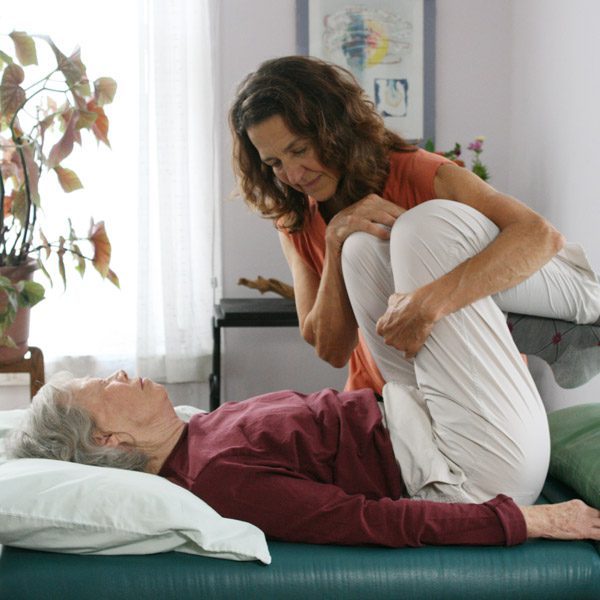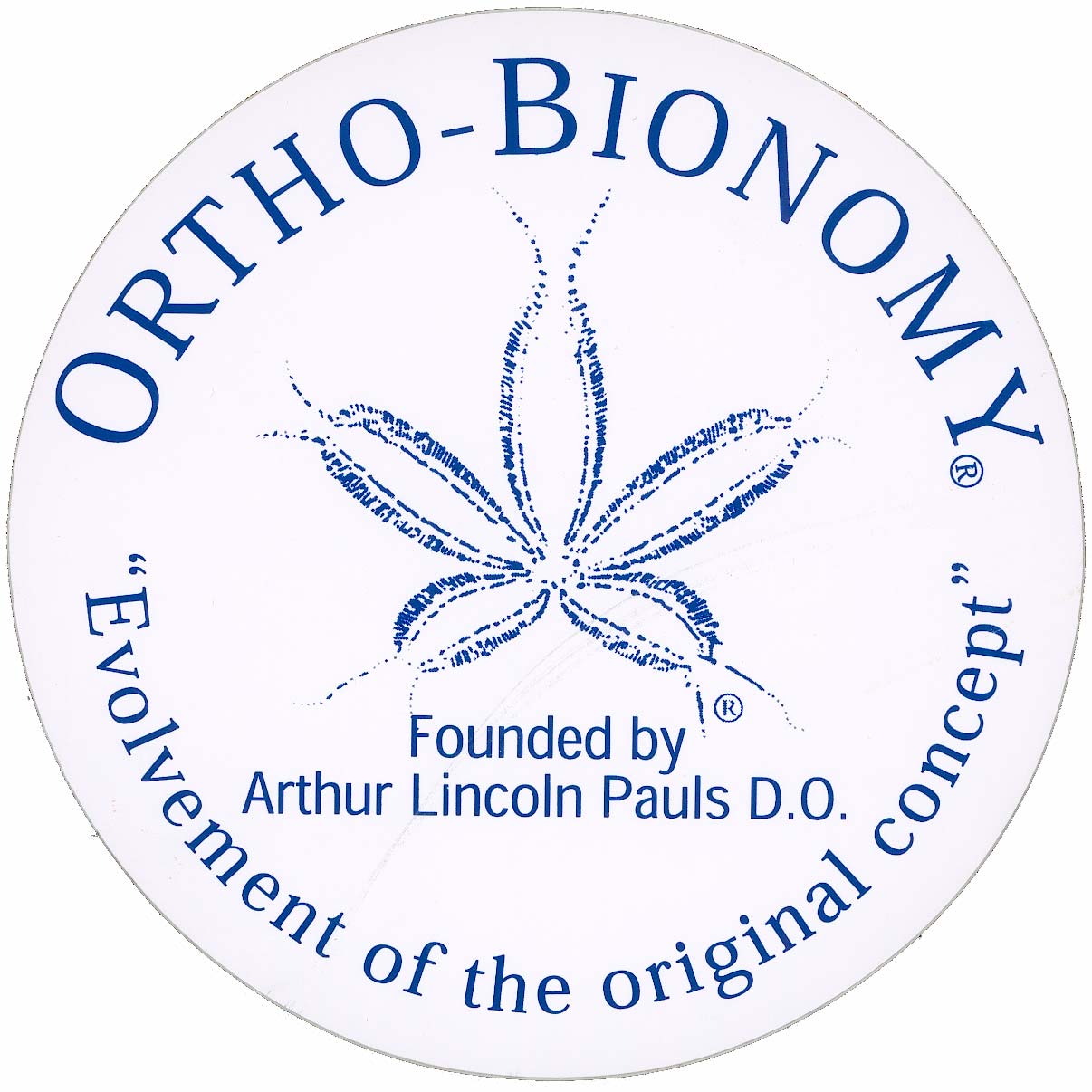Ortho-bionomy was developed in England during the 1970s by Dr. Arthur Lincoln Pauls (1929-1997). Initially a Canadian Judo instructor, Pauls became fascinated with Osteopathy as a patient. Pauls noticed the benefits from his osteopathy sessions, but was frustrated that he kept going in for the same problems and injuries week after week without having an understanding of how to prevent the problems or injuries from reoccurring. Eventually Pauls went on to study osteopathy himself, curious about the relationships between how the body’s structure could be repaired, and informing the body how to stay in good repair. Through Judo, he had an understanding of strength and fluidity coming from moving with a partner instead of against. Thus, through the combining of the structural understanding of Osteopathy and the neurological/energetic understanding of Judo, Ortho- Bionomy was born.
The word, Ortho-bionomy (Ortho=straight/correct,bio=life, nomy=pertaining to laws) means “correct application of the laws of life”. Ortho-bionomy has been noted as treatment for chronic stress, injuries, pain, or problems associated with postural and structural imbalances. It uses a gentle, non-invasive method of specified releases to align the body’s pathways to meet the needs of the individual. Clients are clothed and positioned comfortably, while practitioners guide the client’s body through holds and may target soft tissues, joints, viscera, neurolymphatic systems and utilize energetic practices of working with with the client’s electromagnetic aura to promote alignment. The practitioner may support a client’s appendage or lightly hold tension points, releases can often resemble an exaggeration of a body’s postural imbalance,. The idea behind this is that the body has a reason for wanting to hold itself in that way, muscles guard because they have something to protect. Thus, by letting the body “do what it wants” it allows the body to become aware of itself, complete the reflex arc leading to the imbalance and re-train to neurologically integrate towards a more balanced state.
Teachings are categorized into seven “phases” of awareness of body movement. The first three phases are considered foundational, being aware of unconscious movements while sleeping (phase one), conscious movement such as tai-chi or sitting in a chair (phase two), and periods of time when people can naturally self-correct (phase three). Ortho-bionomy begins at phase four, where practitioners begin to tap into the client’s body’s innate reflexes, with an emphasis postural analysis and re -education. The last three stages of Ortho-bionomy include refinements of earlier stages plus working with the body’s electromagnetic field and mental projections to catalyze the body’s self-healing reflexes.

Ortho-bionomy Course Offerings and local teachers:
Free Ortho-bionomy lecture with Morel Stackhouse Wednesday, March 2018 6:30-8:30pm,. Quarry Arts Building room 150
Ortho-bionomy Fundamentals Release for Spine and Pelvis. Quarry Arts Building. Sat, May 5, 2018 9am- Sun May 6 5:00pm
20th Ortho-Bionomy Conference, April 29-May 5, 2019 French Lick Resort, Indiana
Morel Stackhouse, Advanced Instructor, teaching since 1990s and pillar of New York Ortho-bionomy, current home practitioner on Lakeside St. $100/90 minute session. morel@morelstackhouse.com, morelstackhouse.com/, +1 608-255-0303.
Associate Ortho-bionomy membership requirements: aprox. 112 hours
112 classroom units of Ortho-Bionomy instruction in Phase 4, Phase 5 and Phase 6, Ethics & Emotions and electives
2 units of mentorship time, including 1 Feedback Session with a Registered Instructor & 1 Session received from a Professional Member
Practitioner Ortho-bionomy membership requirements: aprox. 500 hours
290 units of classroom study, including Anatomy & Physiology, Phase 4, 5, 6, and various classes
40 units of Residential/Intensive study
23 units of Tutorial/Mentorship time
150 Units of Documented Sessions and Practical Experience
Many trainings are in workshop or weekend conference settings. Thus, training can take between a year and a half to twenty years depending on student’s interest and total cost varies. A typical weekend workshop might cost $200-450 dollars. While becoming a registered member of the Society of Ortho-Bionomy International® takes at least 112 hours, techniques can be incorporated into other bodywork practices after the first class.
